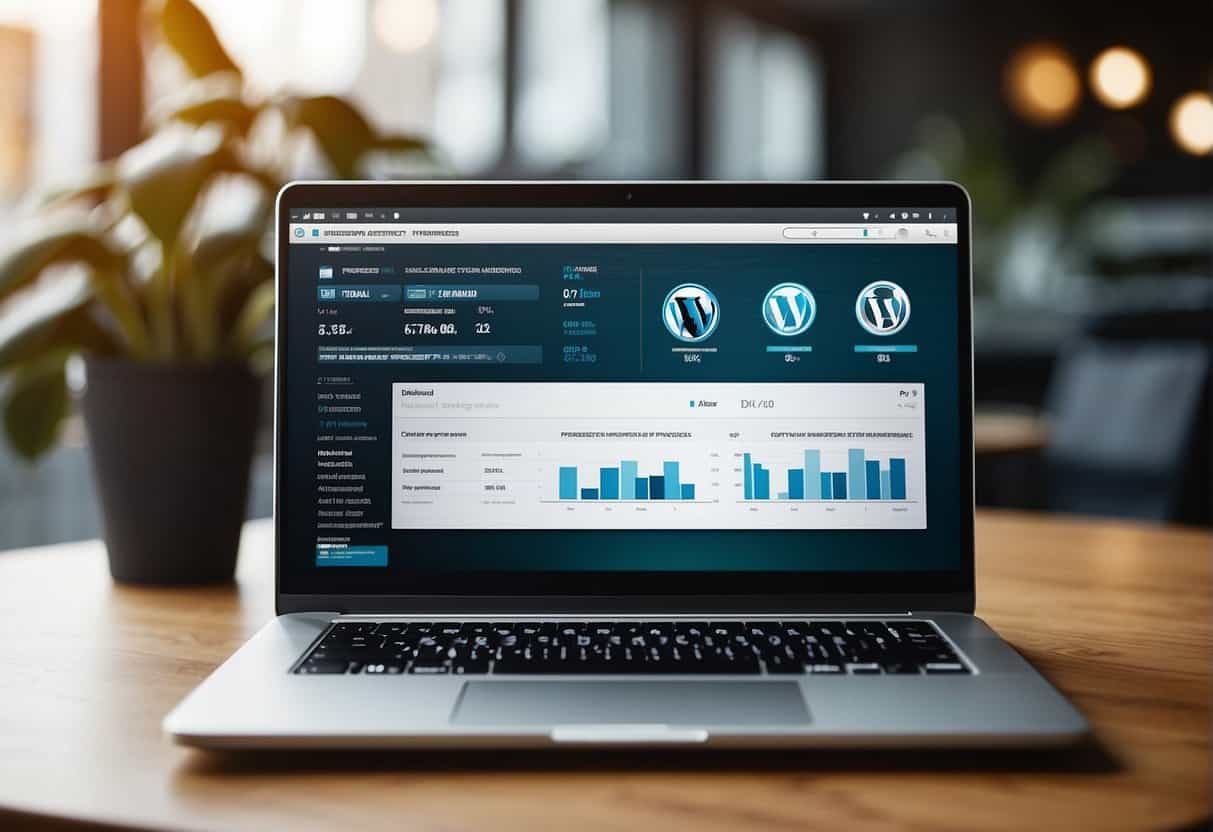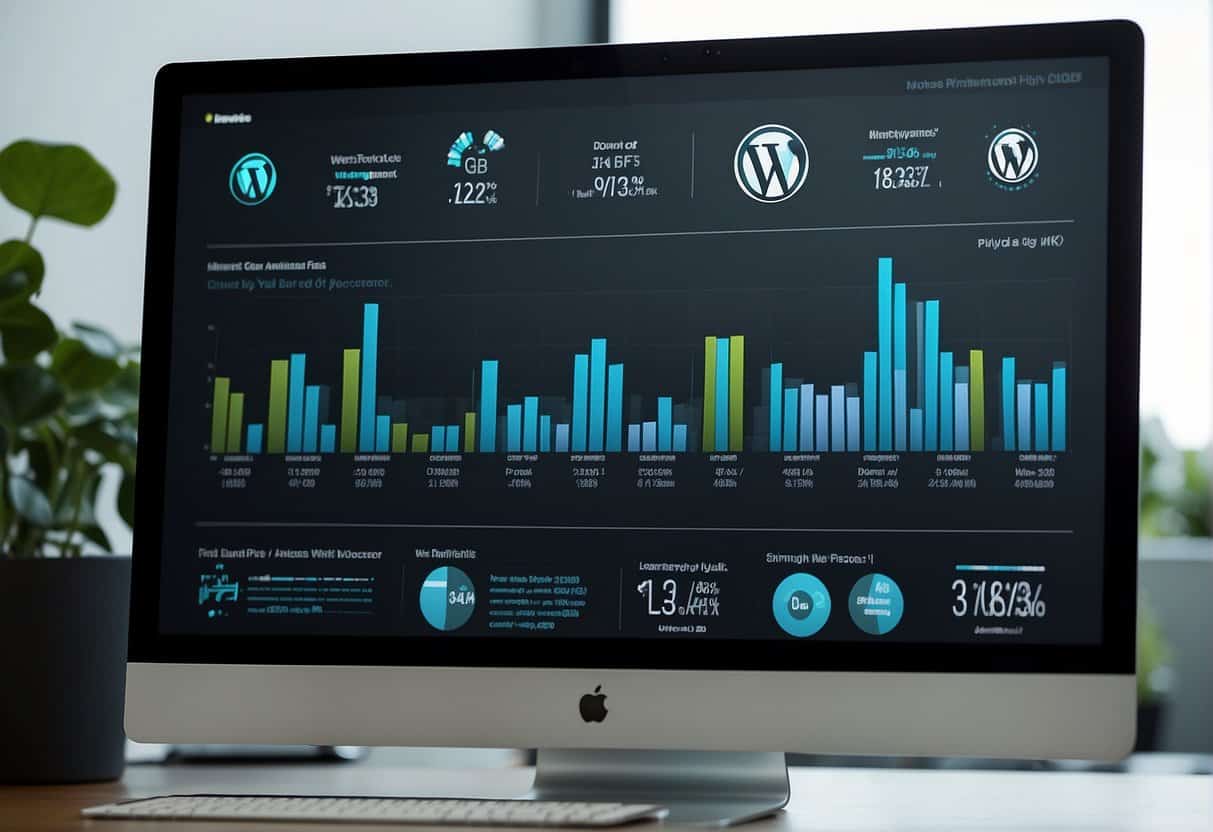In the world of business, the feast and famine cycle is a familiar challenge for many entrepreneurs and companies. It’s a pattern where periods of high demand and profitability, the ‘feast’, are followed by times of low income or ‘famine’. This unpredictable cycle can strain resources and make financial planning difficult. Breaking free from this erratic pattern requires a well-thought-out strategy that can provide stability and consistent income.
Recurring revenue is often the key to unlocking a steady financial stream. By creating a reliable base of income that’s expected at regular intervals, you can alleviate the pressure that comes from uncertainties. This model can come from various sources such as subscriptions, memberships, or ongoing service agreements. With recurring revenue, you establish a foundation that can support sustainable growth and cushion the business against the volatility of market demands.
Incorporating a recurring revenue model into your business strategy involves examining your current offerings and identifying opportunities to transform one-time transactions into long-term relationships. By focusing on customer retention and value provision over time, you not only pave the way for a more predictable cash flow but also enhance customer loyalty. This approach allows for better resource allocation, fosters consistent engagement with your customer base, and helps your business thrive regardless of economic conditions.
Understanding the Feast and Famine Cycle
In your business journey, recognizing the fluctuation between periods of plenty and scarcity, known as the feast or famine cycle, is crucial to stability.
Identifying the Cycle
Feast periods are characterized by an abundance of work, revenue, and sometimes even stress due to high demand. During this time, your cash flow is healthy, but the risk of burnout is significant due to overcommitment. In contrast, famine periods involve a significant downturn in work and income. You may experience financial pressure, uncertainty, and a desperate need for new business during these periods.
Signs of the Feast:
-
- Increased client demands
- Higher income
- Frequent overwork
Signs of the Famine:
-
-
- Lack of billable work
- Decreased cash flow
- Anxiety about future projects
-
Impacts on Freelancers and Entrepreneurs
Freelancers and entrepreneurs are particularly susceptible to the feast or famine cycle. The unpredictability can lead to erratic work schedules, financial instability, and emotional stress.
For Freelancers:
-
- Inconsistent project work affects income and personal life.
- Balancing multiple clients can be challenging.
- Job security is low, causing high stress during famine periods.
For Entrepreneurs:
-
-
- Business growth may stall during famine periods.
- Cash flow challenges impact operational decisions.
- Scaling becomes difficult without predictable revenue streams.
-
Strategies for Developing Recurring Revenue
Developing recurring revenue is crucial for stabilizing your business’s cash flow and predicting future earnings. It requires a methodical approach to ensure customers continuously perceive value in your offerings.
1. Value Proposition
Your recurring revenue model hinges on a strong value proposition. You need to articulate why customers should subscribe to your services rather than making one-time purchases. This involves identifying customer pain points and demonstrating how your offerings provide ongoing solutions. A compelling value proposition is built on:
- Clarity: Clearly define the benefits your service offers.
- Relevance: Show how these benefits address specific customer needs.
2. Pricing Models
Pricing models are at the core of establishing recurring revenue streams. Your goal is to set a price that balances affordability for the customer with profitability for your business. Common models include:
- Flat-rate pricing: A simple and transparent model offering unlimited access to services for a set fee.
- Tiered pricing: Different price levels that provide varying levels of service or features, allowing for scalability according to customer needs.
Create a table to compare various pricing tiers, highlighting differences in value across each level.
| Tier | Price | Features | Best for |
|---|---|---|---|
| Basic | $X/month | Feature 1, Feature 2 | Individual users |
| Pro | $Y/month | Feature 1, Feature 2, Feature 3 | Small businesses |
| Enterprise | $Z/month | Feature 1, Feature 2, Feature 3, Feature 4 | Large organizations |
3. Service Packages
Lastly, curate service packages that cater to different segments of your market. Packages should be tailored to provide targeted solutions and can be periodically updated or enhanced to maintain relevance. When designing packages:
- Integrate features that synergize well together.
- Offer flexibility to switch between packages as customer needs evolve.
By embedding value, rationalizing price, and customizing service packages, you can create a solid strategy for sustainable recurring revenue.
Marketing for Recurring Revenue
When aiming to secure recurring revenue, the emphasis on strategic marketing efforts becomes crucial. Your approach should focus on building relationships and creating value that encourages customers to engage with your brand consistently.
Content Marketing and Social Media
In the realm of content marketing and social media, your goal is to provide valuable and relevant content that resonates with your target audience. Start by understanding their needs and pain points, and then tailor your content to address these issues.
- Blog Posts & Articles: Regularly update your blog with informative articles that help solve your audience’s problems.
- Social Media Content: Use platforms like Twitter, LinkedIn, and Facebook to share insights, quick tips, and engage in conversations.
A consistent posting schedule and engaging content can result in a loyal following, heightening brand awareness and fostering trust.
Building a Sales Funnel
Your sales funnel is the blueprint that guides potential customers through the journey from awareness to purchase. Create distinct stages in your funnel:
- Awareness: Attract leads with engaging content and targeted advertising.
- Interest: Nurture interest with detailed guides, webinars, or e-books.
- Decision: Present your offering with demos or trial periods.
- Action: Convert leads into customers, emphasizing the benefits of a subscription model.
When constructing your funnel, integrate CRM tools and analytics to monitor performance and optimize your strategy.
Leveraging Customer Relationships
Effective networking and relationship management can turn one-time buyers into recurring customers. Employ the following strategies:
- Personalized Communication: Send personalized emails or messages that cater to the customers’ previous interactions with your brand.
- Exclusive Offers: Reward loyalty with exclusive benefits, discounts, or early access to new products or services.
Strong customer relationships are reinforced through excellent service and regular engagement, which encourage repeat business and referrals, crucial for sustaining recurring revenue.
Operational Essentials for Sustainable Growth
To ensure sustainable growth for your business, it’s crucial to fine-tune operational factors that contribute to a steady revenue stream. These components not only optimize your day-to-day operations but are also foundational in scaling your business effectively.
Business Process Automation
By automating key business processes, you increase efficiency and reduce the risk of error.
- Lead Management: Automate your lead tracking to ensure that no opportunity for growth is missed. Use Customer Relationship Management (CRM) tools to keep a detailed log of interactions and automate follow-ups.
- Invoicing: Implement automatic invoicing systems to streamline cash flow management, assisting in maintaining profitability.
Customer Retention Strategies
Securing repeat business is essential for minimizing the feast and famine cycle.
- Loyalty Programs: Offering rewards or discounts can encourage repeat purchases, translating to sustained revenue.
- Feedback Loops: Regularly gather and analyze customer feedback to inform service improvements that foster loyalty.
Financial Planning and Taxes
Strategic financial oversight is key to the longevity of your profit margins.
- Forecasting: Utilize financial forecasting to make informed decisions about expenses and investments, with an eye on growth prospects.
- Tax Planning: Employ diligent tax planning to ensure compliance and optimize deductions, directly influencing your net profitability.
Employing these strategic operational essentials will position your business on a path toward stable and sustainable growth.
Scaling Your Business with Confidence
Recurring revenue streams enable you to scale your business with confidence by providing predictable and consistent income. This allows for more calculated risks and strategic growth investments in capacity, hiring, and development.
Expanding Your Capacity
To meet increased demand, you’ll need to assess your current operations and identify areas where capacity can be expanded. This might involve upgrading equipment or leasing additional space. Effective scaling requires a balance, ensuring you have the resources to handle growth without overextending.
- Review current operations: Identify bottlenecks.
- Plan for growth: Evaluate what additional resources are needed.
Hiring and Outsourcing
Building a reliable team is essential for growth sustainability. Hiring full-time employees may be beneficial for core roles, while outsourcing tasks to freelancers can provide flexibility.
- Full-time hires: Focus on roles that are critical for day-to-day operations.
- Freelancers: Outsource specialized or project-based work.
Use tables to decide whether to hire or outsource:
| Need | Full-time Hire | Freelancer |
|---|---|---|
| Long-term commitment | Yes | No |
| Specialized skill for a project | No | Yes |
| Core business function | Yes | No |
Investing in Coaching and Development
Investing in professional development and coaching for yourself and your team will foster a culture of excellence and innovation. It will also prime your small business for scaling effectively.
- Coaching: Look for industry experts who can provide guidance tailored to your business’s unique challenges.
- Development programs: These can upskill your team and improve productivity.
List development priorities:
- Leadership skills
- Technical expertise
- Customer service excellence
Through these focused efforts in expanding capacity, strategic hiring, and investing in development, you, the small business owner, can scale your business with greater confidence and predictability in your growth trajectory.







